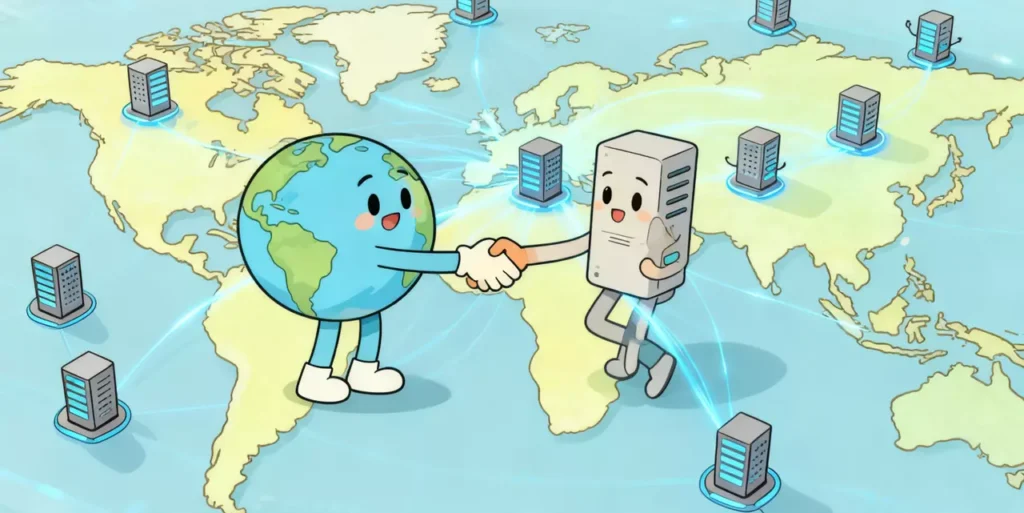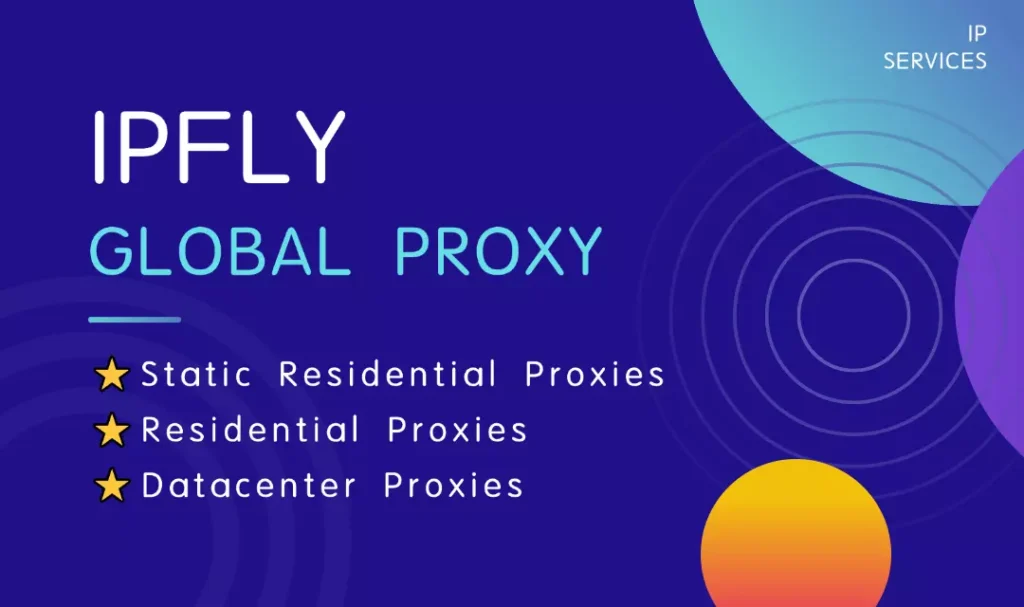In the early days of peer-to-peer (P2P) networking, a few platforms reshaped how people thought about information sharing. Among them, ExtraTorrents stood out as one of the most recognized names in the torrenting landscape. Its influence extended far beyond entertainment—it demonstrated the power of distributed data technology, community-driven sharing, and global connectivity.
Although ExtraTorrents itself no longer operates, the concept and technology it represented continue to shape today’s digital infrastructure, influencing how files, data, and even secure communications are transmitted across the internet.

What Was ExtraTorrents?
ExtraTorrents was a widely known torrent indexing platform that helped users find and organize magnet links and torrent files across a decentralized peer network. Unlike centralized file-hosting sites, ExtraTorrents didn’t directly store data—it provided metadata that enabled users to connect directly to one another through BitTorrent protocols.
This decentralized architecture allowed faster, more efficient file transfers, leveraging the bandwidth of thousands of connected users instead of relying on a single server.
At its core, the ExtraTorrents system embodied the spirit of internet freedom and decentralization—the idea that digital resources can be distributed globally, without a single point of control.
The Technology Behind ExtraTorrents
To understand ExtraTorrents’ significance, it’s important to grasp the foundation of torrent technology. Torrents rely on a P2P protocol, where every user participating in the download process also contributes upload bandwidth.
This distributed approach reduces load times and improves transfer efficiency. It also makes networks more resilient—if one node goes offline, others can continue sharing the data.
From a technological perspective, this system is built around three components:
1.Torrent Files (.torrent)
Contain metadata that tells the system where to find file fragments.
2.Trackers
Coordinate peer communication and help users locate one another efficiently.
3.Peers (Seeders and Leechers)
Users who share or download data simultaneously, creating a self-sustaining ecosystem.
The result? A network that grows stronger with each participant—scalable, collaborative, and highly adaptive.
The Broader Impact of ExtraTorrents
ExtraTorrents became more than just a technical tool; it became a cultural milestone. For many, it represented unrestricted access to knowledge and media, and for others, it sparked important debates about data ethics, copyright, and digital responsibility.
Beyond entertainment, the torrent model inspired modern decentralized technologies like distributed storage systems, blockchain networks, and even web3 data-sharing protocols.
The architecture of ExtraTorrents revealed something profound:
When bandwidth and data are shared collectively, the internet becomes not just faster—but more democratic.
The Role of Network Privacy and Proxy Technology
As decentralized networks grew, privacy and anonymity became increasingly vital. Since P2P communication exposes IP addresses among users, many individuals turned to tools that shield their identity and location during data transfers.
This is where proxy technology, including SOCKS5 proxy software, plays a major role. A proxy acts as a middle layer between the user and the network, ensuring data is routed securely while maintaining anonymity.
IPFLY, a provider known for its secure and high-speed global proxy IP network, supports protocols like SOCKS5, enabling users to connect through authentic residential or datacenter IPs from over 190 regions worldwide.
With strong encryption, fast response rates, and a 99.9% uptime infrastructure, IPFLY demonstrates how privacy and network speed can coexist—an essential feature in any distributed or data-intensive environment.
By integrating proxy protection into decentralized access models, users can experience the benefits of global networking while minimizing security risks.
Facing lag in cross-border live streams, high latency in overseas online meetings, or unstable game server logins? Low-latency proxies are the fix! Visit IPFLY.net now for dedicated high-speed nodes (average latency <80ms), then join the IPFLY Telegram group—get “live stream low-latency proxy setup tips”, “overseas meeting network optimization plans”, and user-tested “best proxy node choices for different scenarios”. Enjoy smooth cross-border network connections!

Lessons from ExtraTorrents: The Future of Decentralized Internet
The influence of ExtraTorrents reaches far beyond its operational timeline. Its technological foundation continues to inspire innovations in distributed computing, edge networking, and data sovereignty.
Today, decentralized principles appear in everything from blockchain-based systems to content delivery networks (CDNs) that mimic torrent-like architecture for speed optimization. These technologies collectively aim to remove central points of failure and empower individuals with more control over their data.
The legacy of ExtraTorrents reminds us that the internet was designed to be open, shared, and collaborative—and modern innovations are steadily bringing that vision back to life in a safer, more structured form.
ExtraTorrents was not just a website
It was a technological movement. Its success showcased the potential of peer-to-peer sharing, influencing the evolution of decentralized web infrastructure and privacy-focused technologies.
As new generations of proxy networks and encrypted systems like IPFLY emerge, they continue building upon the foundations laid by platforms like ExtraTorrents—pushing the boundaries of global access, data sharing, and digital freedom.
The future of the internet lies not in centralization, but in intelligent decentralization—where every user becomes part of a faster, safer, and more open online ecosystem.


